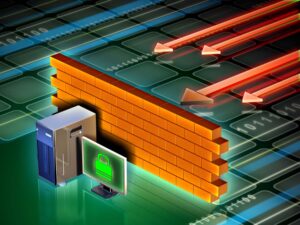In Part 1, we outlined the concept of monitoring as it applies to your network infrastructure.
And you may ask how important is monitoring, really ?
Well, we’ll use the analogy of your car again to answer this question.
What would happen if you didn’t have a gauge to monitor fuel level ? Most likely, you’d run out of gas a few times before you figured out how far you could go before the next fill-up is required. And what would that empty tank cost you ? Time most definitely, and in the business world time is always money – not to mention the ripple effect it could have, better known as the “unintended consequence”. But this is a relatively minor event that is resolved by filling the tank up again and you’re off and running in a fairly short amount of time – nice consolation, but wouldn’t you rather have not run out of gas in the first place ?
Now, what would happen if you didn’t have a monitoring device for your engine oil-levelpressure ? A situation could develop that, over time, could result in running your car at below recommended levels, or no oil at all (this particular scenario would definitely result in a very loud noise coming from your engine compartment and you’d get the message quickly, but the damage would already be done). A seized engine due to lack of oil has two solutions: engine rebuild or engine replacement – two costly choices both from an upfront cost of repair and vehicle downtime – apply this scenario to a business’s network infrastructure and it’s money, money, money ….
Proactive network monitoringalerting acts a bit like those idiot lights in your car – it warns you when certain componentsfunctions deviate from acceptable ranges. These monitors will alert you to some of the more common problems experienced – for example: hard disk performance, memory utilization, processor utilization, network bandwidth, and network hardware degradationsfailures.
Depending on the monitoring package you install, you can also keep tabs on network applications as well – for example: database applications, enterprise email applications, anti-virus, operating system patches and updates, and the list goes on…
In a sense, “monitoring” has morphed so much in recent years that it can now be labeled “network management” to a large degree. A great number of tasks that contribute to a healthy infrastructure can now be automated – set it and forget it – and you can be confident you’ll get more than a “Check Engine” light when something isn’t operating properly.
In Part 3, we’ll discuss in some detail the functionalityversatility of some monitoring software.
written by: Chuck Herman, Project Lead




